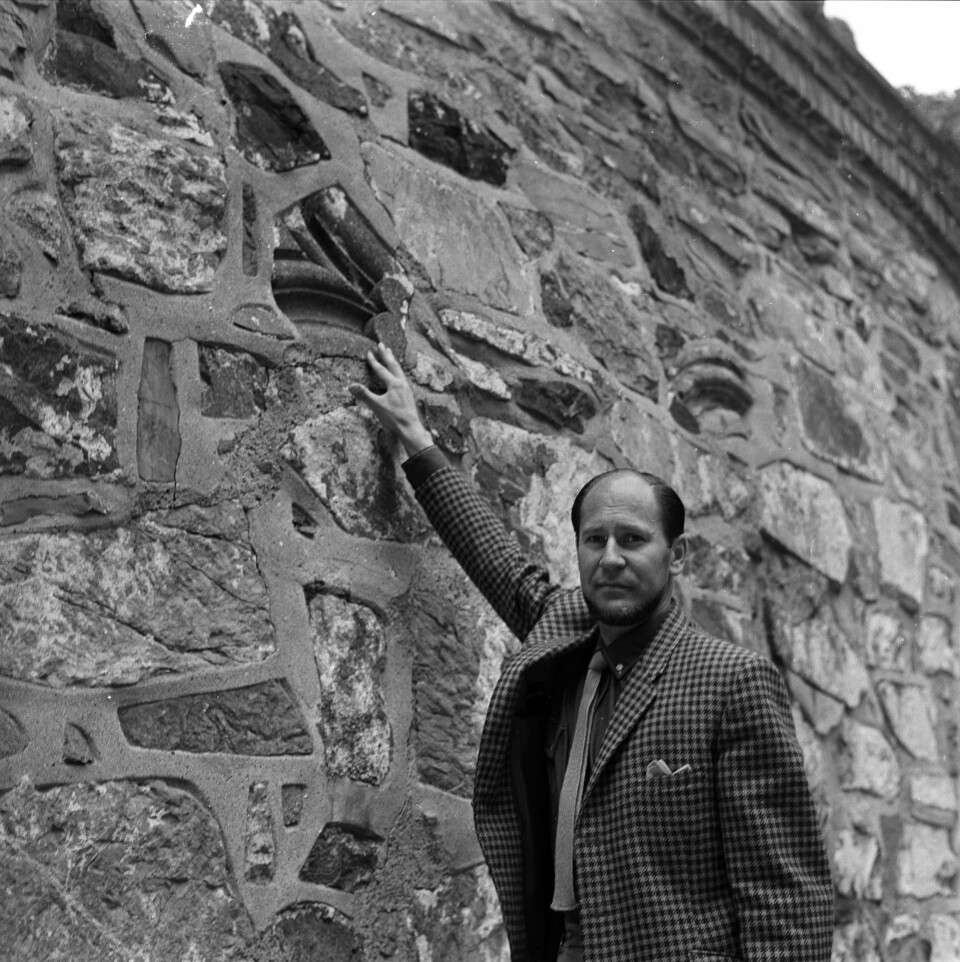
Early World Heritage politicking at home and abroad
How did Norway become a member of the World Heritage Committee in the early 1980s? What was their experience on the Committee? How did politics come into play on the Committee? The story begins with intrastate squabbles between ministries, an end-run around the principal agency, and diplomats exercising their judgment during UNESCO elections.
The politics of ratifying
A pattern of diplomatic pushing emerges when looking into the Norwegian experience in ratifying the World Heritage Convention and then going up for, and ultimately being elected to the World Heritage Committee.
When first asked by the Ministry of Foreign Affairs if Norway should ratify the convention, Riksantikvaren, the agency in charge of cultural heritage, expressed concerns regarding the World Heritage Fund and wanting to wait for the other Nordic countries to ratify. These concerns were shared with Ministry of Foreign Affairs through the Ministry for the Environment, Riksantikvaren’s politcal principal. This stalemate lasted until 1976 when the Ministory of Foreign Affairs went around the Ministry for the Environment to the Ministry of Church and Education, which handled UNESCO matters. The green light was given to proceed: The politcal importance of rafying won over bureucratic staffing and financial concerns. Ratification began without waiting for the rest of the Nordic countries, but with abstention from the World Heritage Fund, which accommodated the prior hesitation due to the funding mechanism. The Norwegian parilament, Stortinget, approved in late 1976.
Norway on the ballot
Norwegian diplomats in Paris then represented Norway as an observer to the Committee, and delegates to the General Assembly during the late 1970s and early 1980s. When discussions arose about putting forward Norway’s candidacy for the World Heritage Committee, again, Riksantikvaren was ill-equiped to immediately comply, and the diplomats realized that a candidacy would likely have to wait until 1985 due to the number of European nations on the Committee. This timeline quickened and in 1983, partially oweing to the emerging international profile of heritage expert and Director-General of Riksantikvaren, Stephan Tschudi-Madsen, Norway was elected on the first ballot to the World Heritage Committee.
A long history of World Heritage diplomacy
World Heritage Committee lore discusses the early years of the Convention and the Committee as led by heritage experts rather than diplomats. Our research, relying on Norwegian Ministry archives and UNESCO World Heritage Committee documents from this time period, brings forward a slightly altered viewpoint. In compiling data on Committee Member and Observer delegations to the meetings from 1983 to 1988, heritage experts outnumbered diplomats one time, 1983. At the Bureau, diplomats began outpacing heritage experts in 1982, with the trend continuing through 1988.
Early politicking on the World Heritage Committee
Through the study of archival material, we also found abundent documentation of political disputes impacting World Heritage Committee meetings. Specifically, we highlight the dispute surrounding an inviation for Cyprus to host the 1985 session. The invitation, first forwarded to the Committee in 1982, became controversial when Turkey also issued an invitation to host in 1985. The Ministry of Foreign Affairs, acting in their official capacity passed along both inviations and correspondence to Riksantikvaren. Ultimately the decision on where to host was sent to the smaller Bureau where Norway was represented at the time. According to Norwegian documents, Norway and Guinea put forward an innocuous proposal to session hosted at the UNESCO headquarters, allowing both parties to save face. This is just one way in which Norway continued to nurish its image as a conservation good power, helping the committee solve contienious issues.
Find out more
The blog entry is based on the article Hølleland, Herdis & Jessica Phelps 2018. Becoming a conservation ‘good power’: Norway’s early World Heritage history. International Journal of Cultural Policy DOI: https://doi.org/10.1080/10286632.2018.1431223.







